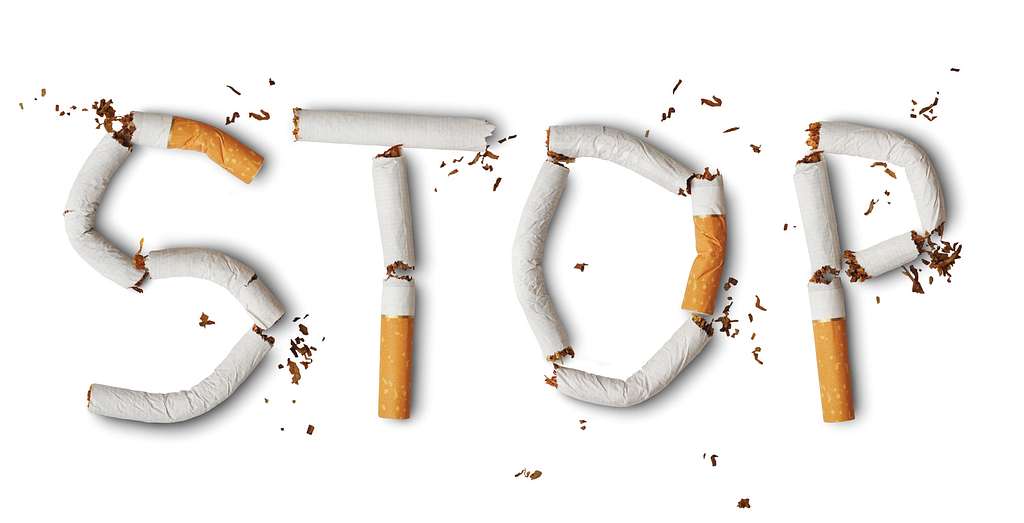How Dangerous is Smoking Really?
Imagine you're sitting in a cozy café, enjoying a warm cup of coffee. At the next table, a man pulls out a cigarette, lights it, and slowly inhales. The smoke rises high, disperses into the air, and then gradually disappears. But does its effect truly vanish just like that?
Most people know that smoking is dangerous. But how dangerous is it, really? How much risk does a single cigarette pose? Let’s break it down with data and scientific facts.
The Shocking Facts Behind Cigarette Smoke
According to the World Health Organization (WHO), smoking kills more than 8 million people every year. Of this number, approximately 7 million are active smokers, while the rest are passive smokers—people who don’t smoke but inhale secondhand smoke. This means that even if you don’t smoke, being around cigarette smoke is still harmful.
A study from the U.S. Centers for Disease Control and Prevention (CDC) states that cigarettes contain over 7,000 chemicals, 70 of which are carcinogenic (cancer-causing). Some of the most dangerous substances in cigarettes include:
- Nicotine – An addictive substance that makes people crave cigarettes.
- Tar – A sticky residue that coats the lungs and causes damage.
- Carbon Monoxide – A toxic gas that reduces the blood’s ability to carry oxygen.
- Formaldehyde – A chemical also used to preserve dead bodies.
- Ammonia – A substance often found in floor cleaning products.\
The Impact of Smoking on Health
Let’s talk numbers. A study published in The Lancet found that smokers are 15-30 times more likely to develop lung cancer compared to non-smokers. Additionally, smoking increases the risk of:
- Heart disease by 2-4 times.
- Stroke by up to 2 times.
- Chronic obstructive pulmonary disease (COPD), which makes breathing feel like sucking through a straw.
- Infertility in both men and women.
- Premature aging, as smoking accelerates skin damage.
Even more concerning is the fact that the effects of smoking often go unnoticed at first. You may feel fine now, but inside your body, damage is slowly accumulating.
What About E-Cigarettes (Vapes)?
Many believe that electronic cigarettes (vapes) are safer than traditional cigarettes. However, recent studies show that vapes are also harmful. While they do not produce tar like conventional cigarettes, vapes still contain nicotine and other hazardous chemicals like diacetyl, which can damage the lungs.
Research from Johns Hopkins University found that vape liquid contains heavy metals such as lead and nickel, which, when inhaled, can cause various diseases, including nerve damage.
Economic and Social Costs of Smoking
The effects of smoking go beyond health concerns—they also impact the economy. According to data from Indonesia’s Ministry of Health, the country spends over $1 billion per year to treat smoking-related diseases. Meanwhile, household spending on cigarettes continues to rise, often surpassing expenses for essential needs like nutritious food and children’s education.
From a social perspective, smoking also contributes to poverty. Many low-income families allocate a large portion of their income to cigarettes rather than more important necessities. This creates a vicious cycle that is difficult to break.
Why Quitting Smoking is the Best Decision
If you are a smoker, quitting may seem difficult. However, the benefits are immediate. According to the American Cancer Society, here’s what happens to your body after quitting:
- First 20 minutes – Blood pressure and heart rate return to normal.
- 12 hours – Carbon monoxide levels in the blood drop to normal levels.
- 2 weeks - 3 months – Blood circulation improves, and lung function increases.
- 1 year – Risk of heart disease drops significantly.
- 5-15 years – Risk of stroke decreases to the same level as a non-smoker.
- 10 years – Risk of lung cancer is reduced by half compared to a smoker.
Conclusion: What Should We Do?
Smoking is not just a habit; it is a global epidemic that threatens our health, economy, and future. If you are a smoker, consider quitting. If you are not a smoker, avoid cigarette smoke as much as possible. And if you have loved ones who still smoke, help them understand the dangers.
Let’s make the world a healthier place, free from cigarette smoke. After all, our future is far too valuable to be sacrificed for a cigarette.
I hope this article helps raise awareness about the dangers of smoking and encourages healthier choices. If you found this article useful, feel free to share it with those around you!
dangers of smoking, effects of smoking, health risks of smoking, how to quit smoking, smoking and health, smoking-related diseases, e-cigarettes vs regular cigarettes, smoking statistics, smoking facts, WHO on smoking.





